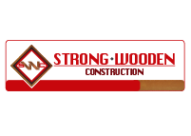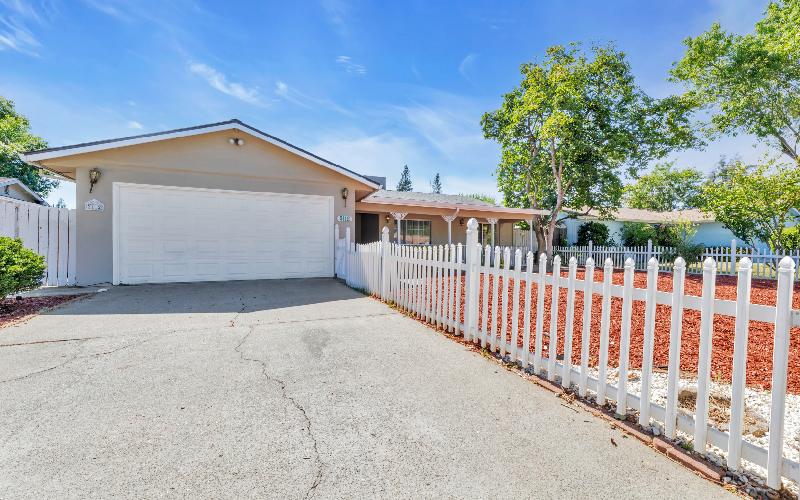Composite fences are made from 60% recycled hardwood fibers and 40% recycled plastics, combining the best of wood and PVC/vinyl fencing to create a stronger, more durable and environmentally friendly product.
It comes in a variety of colors for outdoor projects, unlike wood fences it can withstand harsh weather conditions and is resistant to rot, splinters and insects.
Advantages Of Composite Fencing
Durability
Composite fences come made of an extremely durable material, compared to other types of fences. When installed together with composite fence posts, composite fences can withstand extreme weather conditions such as high winds.
The plastic component of composite materials helps keep insects like woodworms and carpenter bees from burrowing into the fence, making it more durable and stronger than wood.
Low Maintenance
Composite fencing materials do not require much maintenance. Since the plastic elements of the material make composite products resistant to rot and mold, they require little maintenance. On the other hand, traditional wood fences require regular sanding, painting, and sealing to maintain their condition year after year.
Esthetic
The fences come in a variety of attractive colors, ranging from contemporary charcoal to more teak-like tones. Any color you choose will give you a flawless design.
Environmental Impact
Composite fence boards are environmentally friendly and made from 100% recycled materials: 60% reclaimed wood chips from FSC® approved forests and 40% recycled plastics. This helps reduce plastic and wood waste going to landfills and instead reuse it in Cladco Composite products.
Cons of Composite Fencing
Cost
The initial price of composite fences is higher than that of a wood fence of similar design; However, the longlasting (30+ years if properly cared for) and low-maintenance properties of composite fencing materials mean these upfront costs are much higher. long-term. You’ll save money on replacements, as well as time and expense on additional paint/sealant/sanding products for maintenance.
Installation Risks
When installing composite fencing, it is essential to keep in mind that the panels can expand and contract with changes in temperature. This thermal expansion means that boards must be laid with a gap of at least 5mm between panels to avoid crowding during heat waves.

